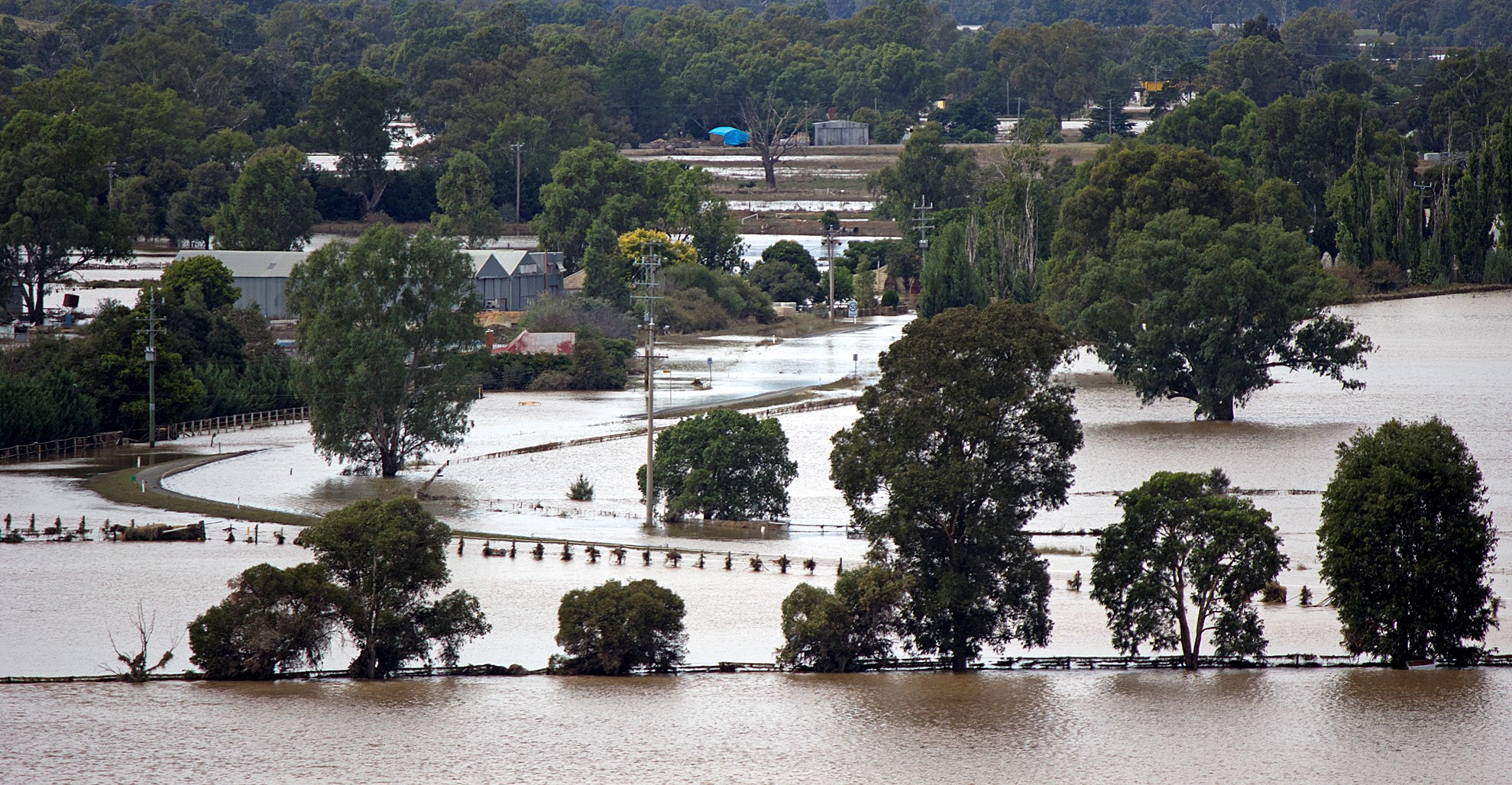Post-COP26 sustainable brand strategy

It’s now or never to act on climate change. In the wake of COP26, sustainability has soared to the top of the agenda for executives who are rushing to align their mission and purpose with tackling the world’s greatest challenge.
November 2021 saw the anticipated congregation of the UN’s Climate Change Conference (COP26) in Glasgow, Scotland following postponement in 2020 due to the outbreak of the Covid-19 pandemic.
Policymakers, businesses, NGOs and citizens alike held their collective breath as negotiations took place with the knowledge that decisions made within the fortnight would have far-reaching consequences for the future direction of the global economy.
COP26 – A post-match analysis
Whether it was action taken to phase out coal, commitments to halt deforestation and cut methane emissions or the tsunami of refreshed net zero pledges, the outcomes of COP26 have key implications for businesses and their ability to operate within planetary boundaries. If pursued at pace, in the long run, such actions will enable companies to mitigate risks and reduce their impact on the environment as the world navigates the complexities of this critical climate decade.
Delivering on these commitments continues to shape the global business agenda. Executives are learning how to rebuild corporate purpose and align sustainability strategies with their brand values. Being able to do so authentically will be the key to winning the hearts and minds of their customers and audience.
Achieving this is no small feat. Challenges stunting progress include a lack of expertise and financial resources, an absence of clearly defined roadmaps to reach environmental targets, and fear of greenwashing. The Institute of Directors has reported that four in five directors believe it is important for their businesses to operate in a sustainable way, yet only 26% of directors’ organisations have put in place a plan to move to net zero.
These obstacles are not synonymous across the board. In fact, for SMEs, getting to grips with net zero is an even greater hurdle. Three in four SMEs in the UK reported to parliamentary committee hearings that they needed further training to understand how to take action.
The outcomes of COP26 refreshed the sense of urgency within the business community as many invest in strategies that account for more than simply quarterly financial bottom line returns. A plethora of organisations have adopted frameworks like the UN Sustainable Development Goals (SDGs) to act as a guiding principle and incorporate author John Elkington’s triple bottom line approach that rewards actions taken to serve the planet and people, as well as profit. Similarly, the affinity for using environmental, social, governance (ESG) indicators as a lens to measure performance has seen executive compensation linked to these metrics increase, as PwC found that almost two-thirds of FTSE 100s now do so.
Future-proofing sustainable business strategies means embracing transparency too. Many large organisations are working with environmental disclosure systems to align their net zero targets under the Science Based Targets initiative (SBTi). Due diligence in the form of accounting for greenhouse gas emissions and reporting in line with standards such as the CDP and Sustainability Accounting Standards Board (SASB)as well as Taskforce for Climate-Related Financial Disclosures (TCFD) for the finance sector, have become increasingly common.

Embedding sustainability in corporate purpose
Beyond governance and accounting measures, many businesses – from telecommunication companies to streaming services, beauty conglomerates and fashion brands – is working to embed purpose into their brand missions in meaningful ways.
Some have chosen to prioritise initiatives that focus on their region of origin, where executive decisions are made as a direct result of the risks associated with the climate emergency, be that wildfires, rising sea levels or deforestation. This will help deliver on brand equity but more importantly, contribute to the preservation of ecosystems and socio-economic stability of communities with whom they are directly involved.
Natura & Co is the Brazilian beauty conglomerate behind power brands such as Aēsop, the Body Shop and Avon. Alongside its net zero pledges and sustainable product and packaging development, the company has a strong focus on the preservation of biodiversity. Roberto Marques, executive chairman and group CEO of Natura &Co provided the simple motivation behind its 2030 vision, “The climate crisis is the defining challenge of our time, and it will be incumbent upon the private sector to step up and push for change in order for the goals of the Paris Agreement to become a reality.”
Protecting the Amazon rainforest is a key pillar of its environmental strategy given the record high destruction of trees recorded in January 2022. Natura & Co has dedicated resources to regeneration initiatives, and conservation projects, increasing revenue streams for local communities growing ingredients in the rainforest, and fostering collective efforts to achieve zero deforestation by 2025.
It’s no secret streaming services have been the protagonist in entertainment provision in recent years. Netflix, headquartered in Santa Clara, California has sought to engage its 214m users on the issues related to climate and is working towards reducing internal emissions by 45% below 2019 levels by 2030. Being based in California means there are immediate consequences of inaction, given the economic cost of the wildfires that devastated the state in 2020.
Its online climate commitment reports that, “When it comes to entertainment, sustainability is an epic story. In 2020, 160m households around the world chose to watch at least one film or show on Netflix that helped viewers better understand these issues.”
Netflix’s ‘Entertain to Sustain’ initiative focuses on content on climate and hopeful solutions. In partnership with the COP26 presidency, Netflix also released its first ‘Sustainability Collection’ of titles. From a governance perspective, Netflix also held its first ESG Investor Day to engage executive staff, board members and institutional shareholders on these issues.
Similarly affected each year by the impact of climate change, Australian companies are fighting back too. Telecommunications giant Telstra has directly cited the proliferation of shocking bushfires in the country as a rationale to scale its sustainability ambitions, communicating on its website, “From a local perspective we witnessed what climate change really means, and it’s made many of us think about what we can do in response.”
The company announced carbon neutrality in 2020, prior to COP26 and has set goals to enable renewable energy generation equivalent to 100% of consumption by 2025. Its eCycle Program focuses on stimulating sustainable behaviour change, by encouraging responsible recycling to eliminate e-waste. This initiative incentivises citizens to recycle everything from phones to laptops, headsets, and accessories with the aim to recycle 500,000 devices annually. The impact of these programs should not be underestimated given that less than 20% of global electronic waste is recycled, with the value being lost sitting at a whopping £4bn.
The Netherlands, a region prone to the risks of rising sea levels, sees Triodos Bank act as a north star for how citizens, business and charity banking can be orchestrated. Unlike many high street banks, Triodos believes all finance should be impact finance and this has won the bank accolades including the UK’s Best Sustainable Bank by CFI.co. CEO Bevis Watts says, “Sustainability is absolutely at the heart of Triodos Bank and we’re pleased to be recognised for how we’ve integrated these values throughout the organisation.”
Triodos is completely transparent on what projects it funds and only finances companies that focus on people, the environment and culture. This clearly defined lending criteria is aligned to the overall mission of the organisation, which is to provide a values-driven banking model, that is commercially robust and resilient.
Global companies have a lot to learn from smaller businesses when it comes to being future fit. The fashion industry, notoriously one of the most lightly regulated sectors, despite its resource-intensive global value chain, fell under the microscope at COP26. November saw the UN FCCC Fashion Charter Industry for Climate Action demand increased commitments from brands on energy, material sourcing and communication.
A number of niche brands like Christy Dawn embed sustainability by embracing a purpose that goes beyond selling products. They have weaved social and environmental standards into their strategy and are focusing their attention on regenerative efforts that embrace a farm-to-closet philosophy for material sourcing to ‘help create a healthier model for the fashion industry.’ The brand works exclusively with 24 acres of depleted farmland in India to replenish the soil through regenerative farming in order to create limited collections exclusively from this land. These efforts pay homage to the ‘S’ in ESG and support the livelihoods of local farmers too as well as moving beyond industrialised, intensive and chemical processes.

A little less conversation, a little more action
COP27 which will be hosted in November in Sharm El Sheikh, Egypt must consider what challenges lie ahead for businesses as they scale their sustainability commitments. How much of the post-Glasgow rhetoric was PR spin? Executives must show they can walk the walk when it comes to delivering on climate targets as many net zero pledges are flimsy at best. Recent research published in scientific journal Nature revealed that 25 companies responsible for a whopping 5% global emissions are failing to make the correct level of net zero commitments consummate with their impact.
Strategies should prioritise governance and transparency, working with verified standards and third-party auditors to help validate their work across ESG indicators. To retain and build trust with their stakeholders, businesses can reap the rewards of paying close attention to how they are communicating their targets and environmental claims. Customers, shareholders and partners are increasingly attuned to how this can backfire if not carried out correctly given the penalties for greenwashing.
Across a myriad of sectors be that in energy, food or apparel – companies like Shell, Innocent and Adidas have been caught red-handed for misleading environmental claims. Learning from others’ mistakes and following new regulations set forth by the UK Competition and Market’s Authority Green Claims Code will pay dividends in the future. The ability to develop a refreshed brand tone of voice that speaks to this and decimates scientific information in digestible formats to the public will become increasingly important to convey a brand’s sense of purpose.
Inspiring private sector action
COP26 did, however, act as a moderate catalyst for integrating sustainability into everyday business operations. It has increased the level of accountability and responsibility and has pushed environmental and social considerations beyond being a simple box-ticking exercise.
As the latest Intergovernmental Panel on Climate Change (IPCC) report published in March outlines, it is now or never to act on climate and even if businesses were to meet current climate pledges; this won’t be sufficient to hit targets set out in the 2015 Paris Agreement.
Policy responses to the climate crisis have been slow and inconsistent. Instead, the private sector can be the force for change and can mobilise action through a shared purpose that embeds the sustainable development goals in pursuit of creating shared value for all stakeholders and a safer operating space for humanity.

Photo credits:
1) Bruno Kelly
3) FakirNL












